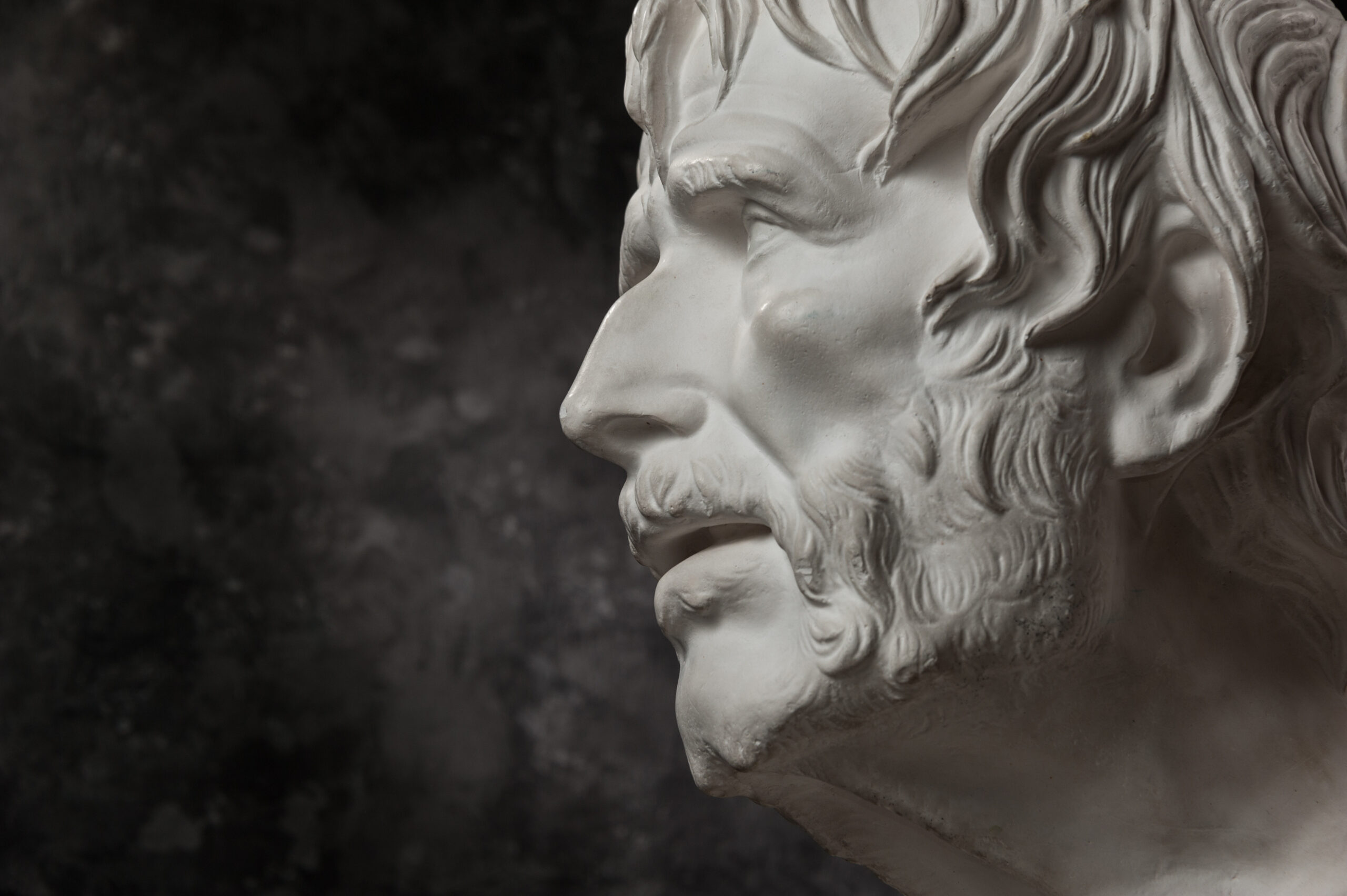Outline:
- The Core of Stoic Thought
- Control, Calm, and the Modern Mind
- How Stoicism Helps Us Navigate Uncertainty
- Practical Ways to Live Stoicism Today
- Stillness in the Storm
- FAQs
In an age of digital overload, emotional burnout, and constant comparison, serenity feels rare—almost mythical. We scroll endlessly, react quickly, and chase things we can’t control. Yet two thousand years ago, a Roman emperor, a freed slave, and a philosopher in worn robes all wrote about these exact struggles. Their language was different. Their world was quieter. But their insights cut through time with astonishing clarity. Stoicism, often mistaken for emotional detachment, is in fact a philosophy of deep engagement—with life, with others, and above all, with ourselves. Its teachings are not relics. They are tools. And today, they may be more needed than ever.
The Core of Stoic Thought
At the heart of Stoicism lies a simple but powerful idea: some things are within our control, and some are not.
This division is not passive resignation. It’s a radical act of focus. Marcus Aurelius, emperor and soldier, wrote: “You have power over your mind—not outside events. Realize this, and you will find strength.” The Stoics taught that our thoughts, choices, and attitudes are ours to shape. Everything else—other people’s opinions, the weather, the economy, the future—is not.
This sharp clarity creates a strange kind of freedom. When we stop wasting energy on what we cannot influence, we begin to live with more presence, courage, and grace.
Control, Calm, and the Modern Mind
Imagine standing in a river during a storm. You can fight the current—or you can plant your feet and breathe through the rush. Stoicism is the latter.
In the modern world, our “storms” come in different forms:
• A critical email
• The endless feed of news and noise
• A conversation that didn’t go how we wanted
Stoicism doesn’t tell us to ignore our emotions. It teaches us to pause, observe, and choose our response. To ask: Is this mine to carry? Or can I let it pass through me?
This is not detachment—it’s discipline. It’s building an inner stillness so that the world doesn’t shake us so easily. Epictetus, born a slave and later a revered teacher, said it plainly: “It’s not what happens to you, but how you react to it that matters.”
How Stoicism Helps Us Navigate Uncertainty
One of the greatest gifts of Stoic philosophy is its relationship with uncertainty. Instead of fearing change, the Stoics embraced it. Instead of clinging to outcomes, they focused on process. Seneca, the Roman statesman and writer, wrote about rehearsing adversity—not out of pessimism, but to prepare the mind. If we imagine losing what we have, we learn to value it more deeply. If we accept the unknown, we live more freely.
In a world that shifts daily—through news cycles, market trends, and personal upheavals—Stoicism offers a grounding anchor:
You don’t need the world to be still. You only need you to be still within it.
Practical Ways to Live Stoicism Today
Stoicism isn’t something to study from a distance. It is meant to be lived, quietly and consistently. Here are a few ways to begin:
- Morning Reflection
Before the day begins, take five minutes to remind yourself: What is in my control today? What isn’t? Set your intentions around what matters most—your attitude, your effort, your presence. - Negative Visualization
Once a week, imagine life without one thing you take for granted—a relationship, your health, your freedom. This practice sharpens gratitude and reduces fear of loss. - Evening Journaling
Reflect: Where did I act according to my values? Where did I react emotionally? Not to judge, but to grow. Stoicism is a daily rehearsal, not a final performance. - Pause Before Response
In moments of tension, ask: Is this worth my peace? This small space between stimulus and response is where Stoicism truly lives.
Stillness in the Storm
The Stoics didn’t promise a life without pain. They promised a way to stand inside it without breaking.
In a world obsessed with speed, noise, and image, Stoicism invites us to live deliberately. To respond, not react. To focus on character, not control.
You don’t need to be a philosopher to live wisely. You only need the courage to begin asking better questions:
What can I influence?
What must I release?
What kind of person do I choose to be—regardless of circumstance?
In those questions, timeless wisdom becomes modern power.
And in that clarity, we begin to walk our own path—calm, clear, and unshaken.
FAQs
1. Is Stoicism about suppressing emotions?
No. Stoicism encourages emotional awareness, not repression. The goal is not to feel nothing, but to respond wisely rather than impulsively.
2. Can Stoicism work alongside other spiritual or personal development practices?
Absolutely. Stoic principles are flexible and can complement mindfulness, therapy, meditation, or religious beliefs.
3. Where should I start if I want to explore Stoicism further?
Start with Meditations by Marcus Aurelius or The Art of Living by Epictetus (as interpreted by Sharon Lebell). Even five minutes of daily reading or reflection can create lasting impact.








